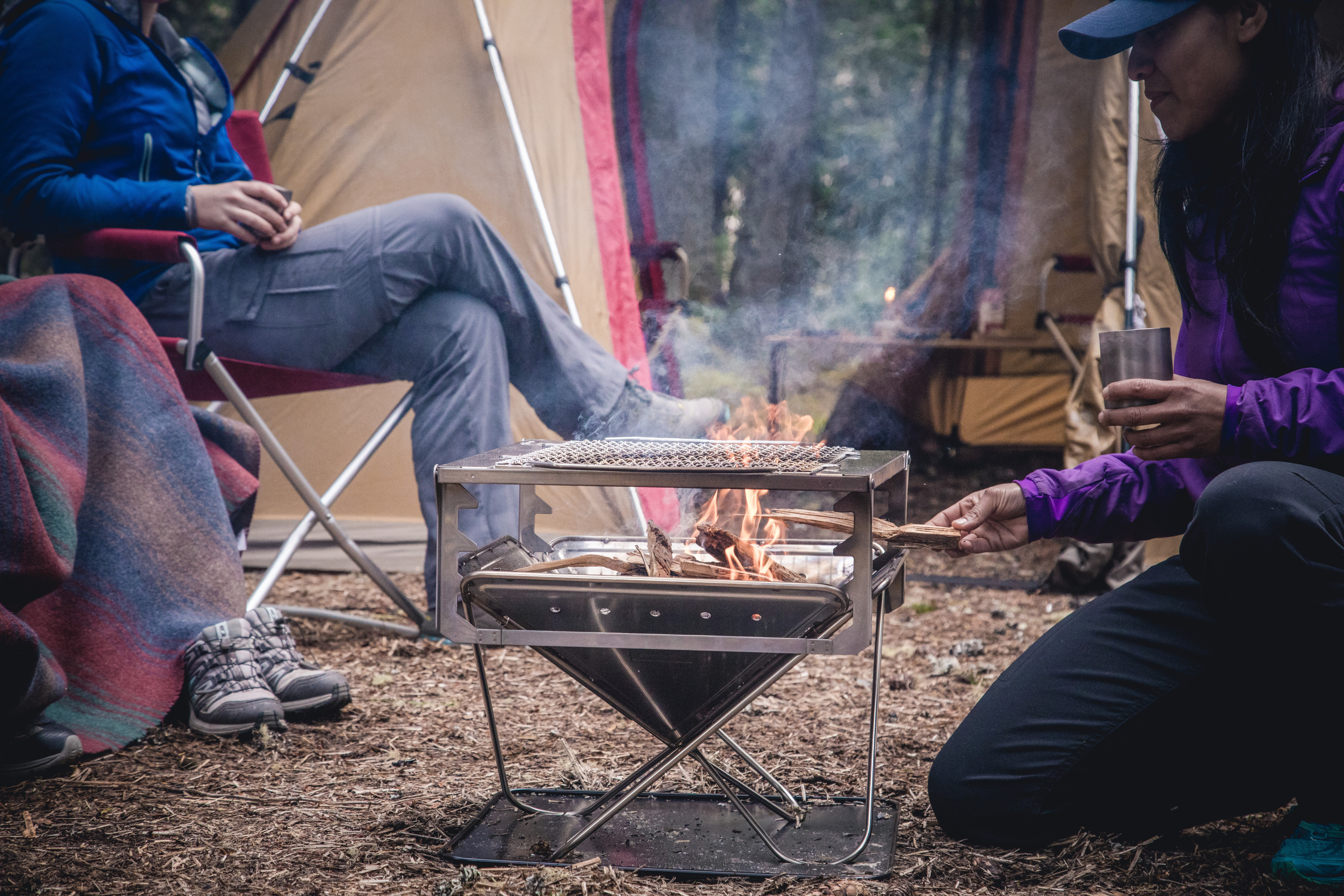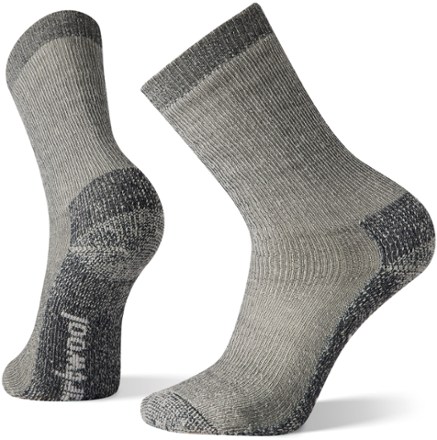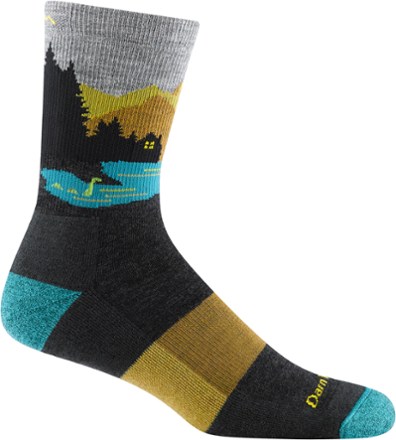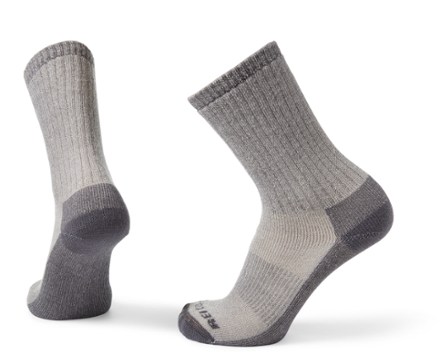
The Best Camping Stoves and Grills: Staff Picks
Two-burners have dominated the camping stove market for years—and why not? It’s convenient to cook bacon and eggs side by side, or crisp chickpea hash while boiling water for your morning java. Of course, single-burner stoves remain a great choice when we need to save space in our car and don’t have an elaborate meal plan. But the number of burners is only one feature to consider when choosing a stove—you may also want to prioritize portability, size, fuel source and the cooker's environmental footprint. That's why this crop of stoves and grills found at REI Co-op includes a variety of options, from a freestanding version that feels a little like a traditional campfire (without the cleanup) to a smokeless stove that emits fewer emissions. Read on for our staff's top picks. Buying Advice Aside from budget, which, let’s face it, is the starting point for most gear purchases, your choice is largely dictated by the size of your group and the complexity of your cuisine. Big groups require stoves with enough cooktop space for big pots and frypans. If your meal plans are uncomplicated, your group small and your vehicle space limited, then a compact two-burner (like the folding JetBoil Genesis) or a one burner (like the Eureka SPRK+ Butane Camp Stove) will work just fine and save you some coin in the process.Why BTUs Matter Having a burner that puts out some serious heat is good for large groups because you can cook up a cauldron-size pot of stew for your extended family or friends. A powerful burner also gives you a full range of menu choices and speeds up prep time for any meal. A good stove might have 10,000-BTU burners (like the BioLite CampStove 2+ Complete Cook Kit and JetBoil Genesis 2-Burner Stove), but you can also find some with 20,000-BTU burners or even 30,000-BTU burners (Ignik FireCan Portable Fire Pit).You might wonder why your camp stove needs more powerful burners than your typical home stove, which puts out about 7,000 BTUs per burner. The answer is simple: Wind isn’t a factor in your kitchen. You need more power outdoors because even a camping stove with good wind protection will have a flame that dances around when you’re trying to cook. Stove Choice Based on Fuel Source Most camping stoves (and several of the stoves in this roundup) use propane fuel, so fuel source isn’t necessarily your first consideration, but it is worth thinking about. Being able to hook to a bulk propane canister is a nice feature for festival-size cookouts or letting your stove do double duty on the back deck. Many stoves that use small propane canisters can be adapted for bulk canister use, too, (though check the manufacturer for directions). Compact butane stoves (like the Eureka SPRK+ Butane Camp Stove) have gained popularity in recent years, which is noteworthy because that’s also meant that butane fuel canisters are becoming more widely available. And, of course, there are other fuel sources as well—such as liquid-fuel or wood-fueled (Snow Peak Takibi Fire & Grill) options. Worthy Camp Stove Features Auto ignition: This push-button system sends a spark into the burner to light the stove—no matches required. Igniters are incredibly convenient, but they can wear out and are one of the stove components most cited in negative reviews. Interestingly, it’s a trend for most top stoves to include igniters, so you should always pack a lighter or matches as a backup. Pressure regulator: Propane and butane canister stove performance can lag when canister pressure drops, a scenario that can happen in below-freezing temps, at higher altitudes and as fuel in the canister gets low. So most canister camping stoves have a fuel regulator that prevents that from happening and keeps the heat output consistent. No-frills stoves lack this feature, which will make their cooking performance more uneven. Windscreens: Most two-burner stoves have windbreaks on three sides: The fold-up lid serves as one in the back, while two smaller fold-up side panels offer more modest windscreens on two sides. Some of the most compact stoves forgo windscreens altogether, which requires you to be more mindful about where you place them when you cook—and makes cooking in blustery weather super challenging. Leg levelers: Few stoves have this feature (only the Eureka SPRK+ Camp Stovein our roundup), but it’s handy because not every campsite or camp table is level. A slanted cooking surface complicates meal prep, and a canted cookpot can’t hold its full liquid capacity.MethodologyWe turned to seasoned REI camping specialists who have extensive knowledge about camping stoves. We also looked closely at feedback from customer reviewers, who might or might not be picky eaters, but are most definitely picky about their cooking gear.




